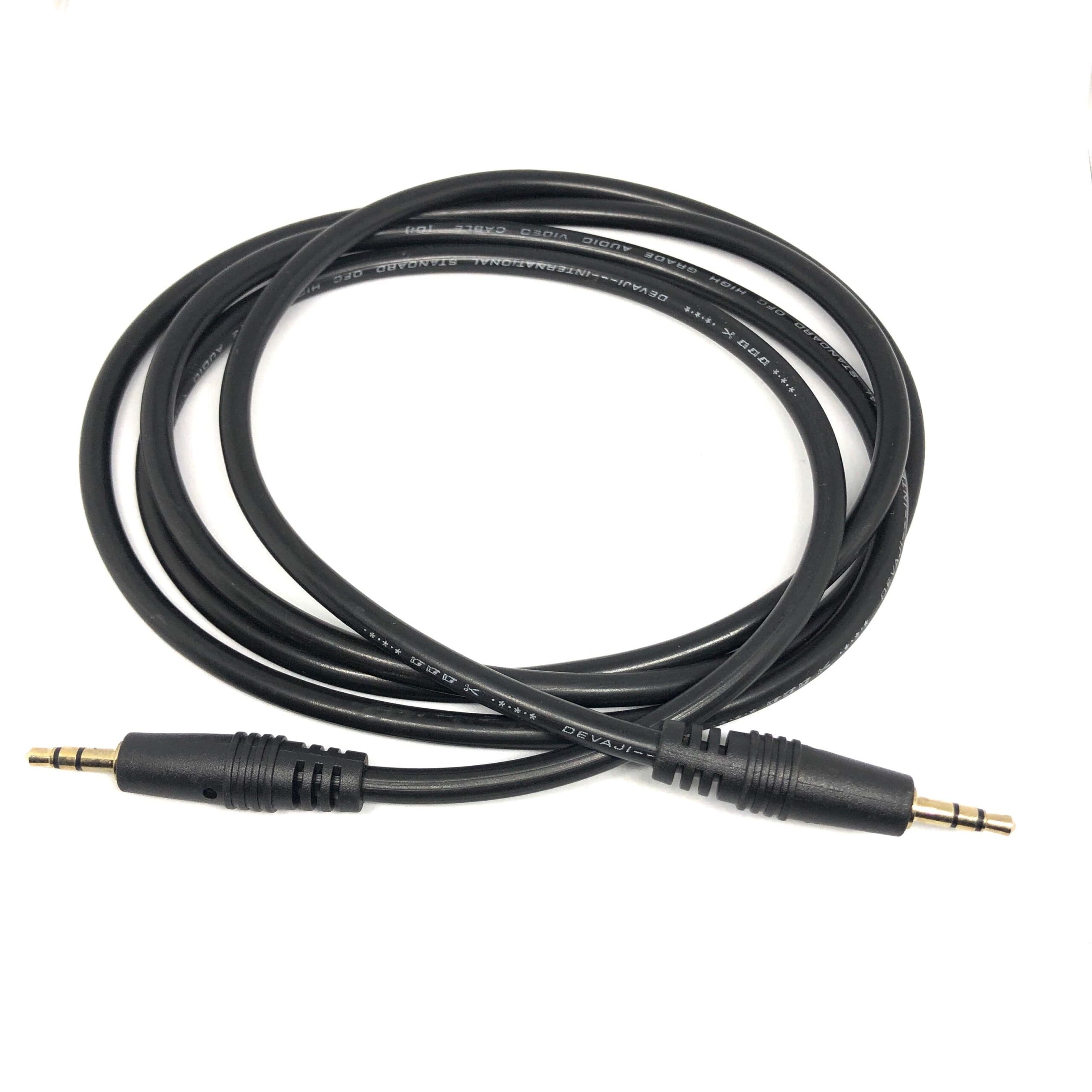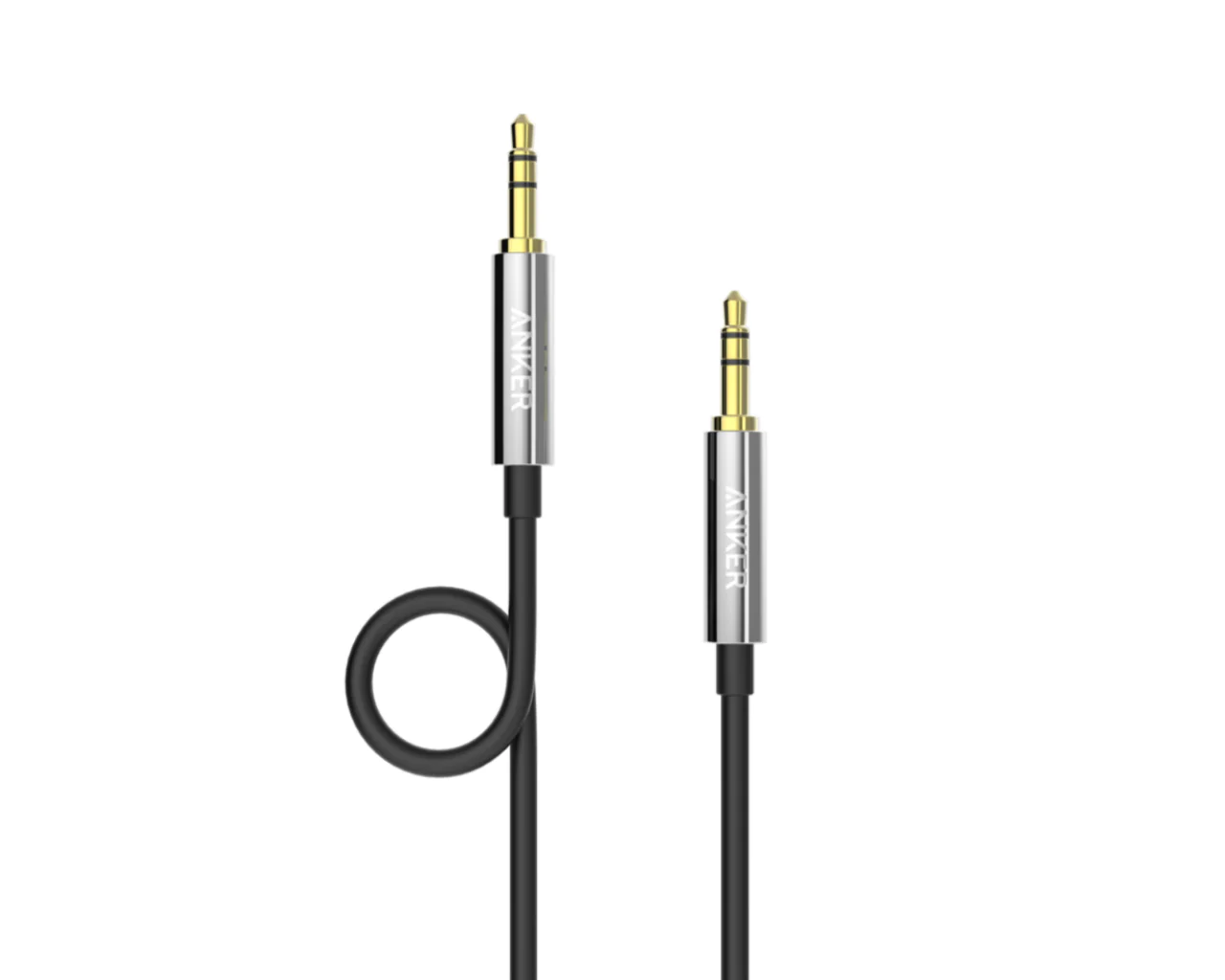
In this Article we discuss that, Bluetooth vs Aux: What’s the Difference? The key distinction between Aux and Bluetooth is that one is wireless and the other is wired. An Aux (auxiliary) connection refers to any supplementary wired connection. but is often linked with the 3.5 mm headphone jack. Keyboards, headsets, speakers, controllers, and other peripheral devices can be connected to a host computer, such as a laptop, phone, or tablet, using the wireless technology standard known as Bluetooth.
What other differences exist between an Aux connection and a Bluetooth connection outside the wired vs. wireless distinction? Which one is superior in terms of ease of use, compatibility, and sound quality? Here, we discuss the parallels and discrepancies between Bluetooth and Aux.
While the term “Aux” can apply to any auxiliary or supplementary input, it is most frequently linked with the 3.5 mm headphone jack, which has been used since the 1950s. In addition to these names, auxiliary inputs may also be referred to as phone plugs, stereo plugs, headphone jacks, audio jacks, 1/8-inch wires, or any combination of these.
In contrast, Bluetooth refers to a wireless connectivity standard for computer peripherals. Bluetooth is becoming more widely used, while it is still not as prevalent as Aux inputs.
Aux

“Aux” is a shortened form of “auxiliary,” which is a term used in various contexts to describe something that provides additional support or assistance to a main component or system. Here are some examples of how “aux” can be used in different contexts:
Audio equipment: In the context of audio equipment, “aux” is often used to refer to an auxiliary input. This is a type of input that allows you to connect external devices, such as a smartphone or MP3 player, to your audio system. An aux input is usually a 3.5mm jack or RCA input, and it enables you to play music or other audio content from your external device through your audio system.
Military: In the context of military operations, “aux” can refer to auxiliary forces or support personnel. These are individuals or groups who provide assistance to the main combat units, such as logistics support, medical aid, or communication support.
Programming: In computer programming, “aux” can refer to an auxiliary function or library. These are components that are designed to provide additional functionality or support to a main program or application.
Language: In some languages, “aux” can be used as an abbreviation for “auxiliary verb.” Auxiliary verbs are verbs that are used in conjunction with other verbs to express tense, mood, voice, or other grammatical aspects. Examples of auxiliary verbs include “be,” “have,” and “do.”
Overall, “aux” is a versatile term that can be used in many different contexts to describe something that provides additional support or assistance to a main component or system.
Read More: 7 Things You Should Know Before Purchasing Your First Drone
Bluetooth

Bluetooth is a wireless communication technology that allows devices to exchange data over short distances. It was first developed in 1994 by Ericsson, a Swedish telecommunications company, and has since become a widely adopted standard for wireless communication.
Bluetooth operates on a radio frequency (RF) band and uses a low-power, short-range radio technology to connect devices. It is designed to work over a range of about 10 meters, making it suitable for use in small spaces such as homes, offices, and vehicles.
The technology supports a wide range of devices, including smartphones, tablets, laptops, headphones, speakers, fitness trackers, and other wearables. Bluetooth-enabled devices can be paired with each other to establish a connection, which allows for the transfer of data and the control of one device by another.
One of the main advantages of Bluetooth is its low power consumption, which allows devices to run on a single battery charge for extended periods of time. The technology also provides robust security features to protect against unauthorized access and interference.
Bluetooth has evolved over the years with newer versions offering faster speeds, longer ranges, and enhanced features. The latest version, Bluetooth 5.2, supports a maximum data transfer rate of 2 Mbps, a range of up to 800 feet, and features such as dual audio and improved location tracking.
In summary, Bluetooth is a wireless communication technology that enables device to connect and exchange data over short distances. It is widely used in a variety of devices and provides low power consumption, robust security, and continuous advancements in its features and capabilities.
Convenience: Aux Is Faster, Universal, and Wired

An Aux cable makes it simple and possibly faster to attach a phone to a speaker system, but the presence of a connection reduces the distance that can be travelled between a device and its host. There’s no need to digitally set up an Aux connection. A headphone jack is all that is required to connect an audio source to an Aux input on a speaker or receiver. A physical cord is needed for Aux connections, in contrast to Bluetooth audio, which can be misplaced or destroyed.
The wireless nature of the Bluetooth standard gives a gadget and its host additional mobility. The majority of connections work well up to 33 feet away. Some industrial use cases require distances of up to 300 feet. For audio in cars,
Bluetooth connections are sometimes difficult. You must put the speaker in discovery mode and use a phone to find it in order to connect a phone or media player to a speaker system. It’s not always as simple as it seems to be to do this. Repeat the process until the devices couple if necessary if they don’t. Because software is always being updated, connecting to dated or old devices might be difficult. Certain connections also need a passcode to be made, according to some pairings. All of these may make starting up the audio player more difficult than using an Aux wire
Sound Quality: Aux Delivers Superior Sound Without Data Loss

Most wired audio connections, including 3.5 mm Aux connectors, are thought to be superior to Bluetooth audio. This is due to the fact that digital audio must be compressed into an analogue signal at one end and decompressed back into a digital signal at the other end in order to send audio over a wireless Bluetooth connection. There is a slight loss of sound fidelity as a result of this conversion.
Contrasting with Aux connections, which are entirely analogue from beginning to end, the procedure is more subtle, albeit most users won’t notice the difference. The computer or phone that is playing the audio converts digital to analogue.
Although the sound quality is potentially greater, Aux does have downsides. Auxiliary cords typically deteriorate with time since they are a physical connection. As a result of frequent connecting and unplugging, the metal in the cord may slowly corrode, resulting in weak connections that cause audio distortion. There is also audible noise produced by electrical flow interruptions. Digital USB connections typically offer higher sound quality for wired connections, though not everyone will hear the difference.
These distinctions are audible on high-end sound systems whether they are connected via Aux, Bluetooth, or USB. As such, an Aux connection gives greater quality audio than Bluetooth. Better sound is provided by a digital connection (like USB). It is necessary to balance the convenience differences with the differences in fidelity between each source.
Here are the steps involved in using Bluetooth

Turn on Bluetooth: Go to the settings on your device and turn on the Bluetooth feature. Make sure that the device you want to connect to has Bluetooth enabled as well.
Pair the devices: Once Bluetooth is turned on, your device will start scanning for other nearby devices. Select the device you want to connect to and enter the PIN code if prompted.
Connect the devices: Once the pairing process is complete, you can connect the devices. Depending on the device, you may need to confirm the connection on both devices.
Transfer data: Once the devices are connected, you can transfer data such as photos, videos, and files. Open the app or file you want to transfer and select the share option. Choose the Bluetooth option and select the device you want to transfer the data to.
Disconnect the devices: When you’re finished transferring data, it’s important to disconnect the devices to avoid draining the battery. Go to the Bluetooth settings and select the disconnect option.
Read More:Top 5 Computer Sound Cards In 2023
Compatibility: Aux Is Ubiquitous, but Only for Audio
Aux connections are analogue, therefore more sound systems are compatible because of this. The majority of smartphones and tablets, as well as most CD players, head units, portable speakers, record players, home theatre receivers, and some musical instruments, all include a wired Aux input. Every iPhone produced since 2016 is the largest exception.
Bluetooth connections work with a variety of peripheral devices in addition to sound systems and are entirely wireless. Keyboards, printers, headsets, drawing tablets, and hard drives can all be connected to a host device over Bluetooth. Nevertheless, Bluetooth is less suitable with outdated or antique sound systems because Bluetooth connections are wireless.
Conclusion
Any additional audio port is referred to as an auxiliary, but the most popular one is the 3.5 mm headphone jack. TRS (Tip, Ring, Sleeve) or TRRS is the technical name for this sort of Aux connection (Tip, Ring, Ring, Sleeve). These labels then designate the actual metal contacts found in the plug head.
Aux cords are still so popular because they have stood the test of time. Aux cords have certain disadvantages, but one of the reasons they are so widely used is their basic analogue convenience. In spite of this, Bluetooth is catching up.
Bluetooth is a technology that may be used for more than just listening to audio because it enables the establishment of generally secure, local wireless networks. Bluetooth does not serve as a direct replacement for a 3.5 mm headphone jack. While each standard has its primary use cases, as media grow more wireless and digital, Bluetooth’s advantages become more evident.












5 Comments